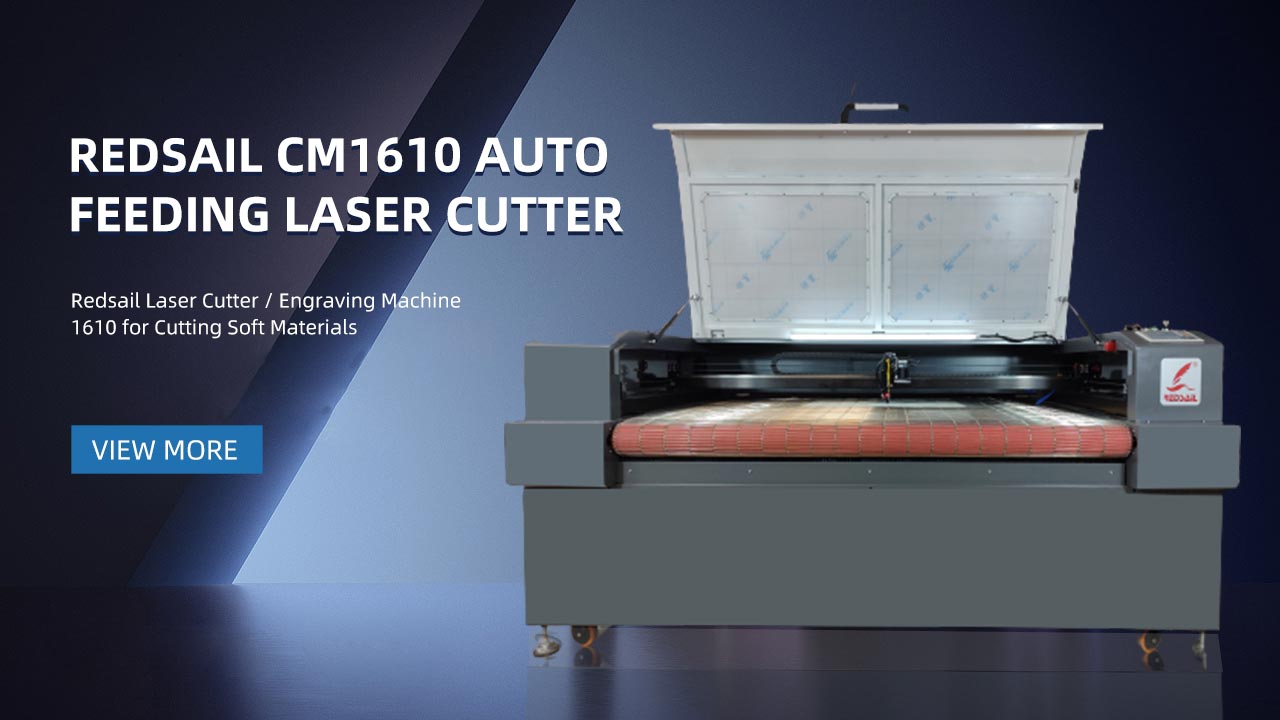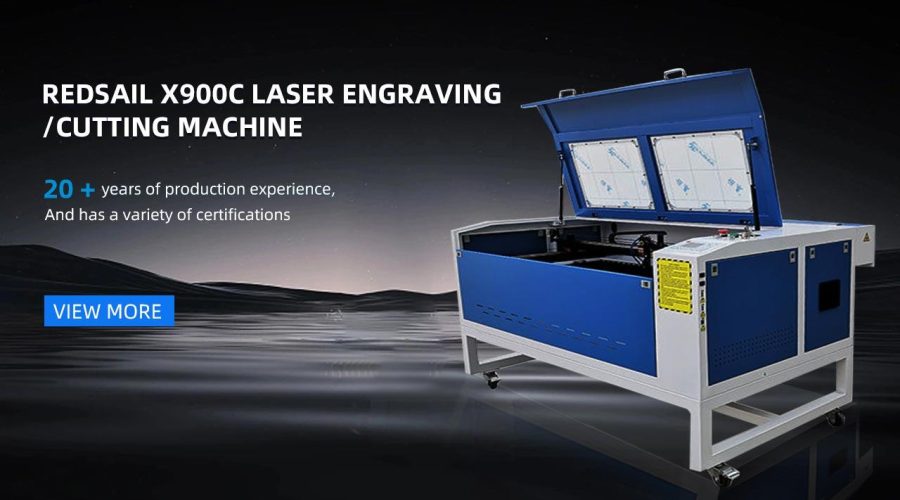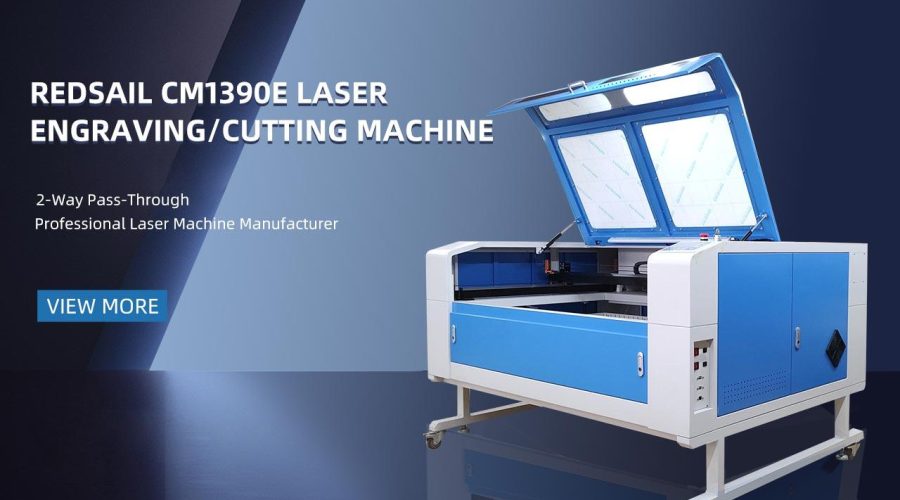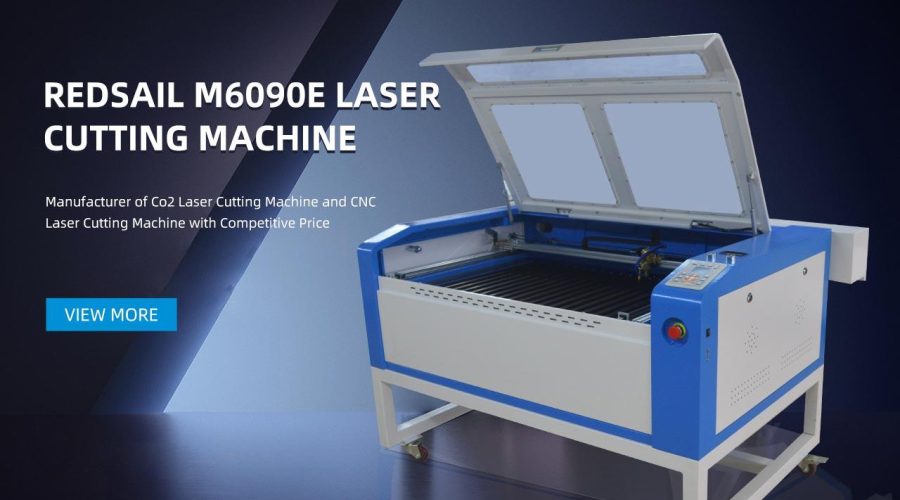Revolutionizing 3D Printing: Can Laser Engraver Technology Take It to the Next Level?
3D printing has undoubtedly changed the way we manufacture and create physical objects. From unique home decors to custom-made prototypes, this technology has impacted various industries. However, as with any revolutionary technology, there is always room for improvement and innovation. Laser engraver technology is poised to take 3D printing to new heights by offering faster, more precise, and versatile manufacturing capabilities. In this article, we will explore how laser engraver technology can revolutionize 3D printing and its potential impact on different sectors.
The Power of Laser Engraver Technology
Laser engraver technology offers numerous advantages over traditional 3D printing methods. Let’s delve into some of its key features:
- Faster Printing Speeds: A laser engraver can create intricate designs at a significantly faster pace compared to conventional 3D printers. This speed improvement means increased production capabilities and reduced lead times.
- Enhanced Precision: Laser engraving allows for incredibly precise detailing. It can produce intricate patterns with sharp edges and fine lines, resulting in high-quality, professional-grade finished products.
- Wide Range of Materials: Laser engravers can work with a variety of materials, including wood, plastic, metal, and even glass. This versatility expands the possibilities for creating customized objects across multiple industries.
- Reduced Waste: Laser engraver technology minimizes material wastage by precisely controlling laser intensity and targeting specific areas for engraving. This eco-friendly approach makes it a sustainable choice for manufacturing processes.
Revolutionizing Industries Through Laser Engraver Technology
Laser engraver technology has the potential to transform various industries and unleash new opportunities. Let’s explore a few sectors that can benefit from its revolutionary capabilities:
- Automotive: The automotive industry can leverage laser engraver technology for creating intricate designs on interior and exterior components. In-car personalized engravings, custom signage, and branding can be easily achieved with precision and speed.
- Fashion and Jewelry: Laser engraving opens up new possibilities in the fashion and jewelry industry. Designers can create intricate patterns and styles on garments, accessories, and customize jewelry pieces with personalized engravings.
- Medical: Laser engraver technology can revolutionize the medical field by enabling the creation of highly precise, patient-specific prosthetics, orthotics, and implants. Customized medical devices can enhance patient care and improve treatment outcomes.
These are just a few examples of the many industries that can benefit from laser engraver technology. As this technology advances further, its impact will likely expand to other sectors, including architecture, aerospace, and electronics.
FAQs
1. How does laser engraver technology work?
Laser engraver technology utilizes a highly focused laser beam to remove material or create engravings on a surface. The laser beam is controlled by computer software, allowing for precise control and customization of designs.
2. Can laser engraver technology be used for large-scale manufacturing?
Yes, laser engraver technology can be scaled up for large-scale manufacturing. It offers faster printing speeds compared to traditional 3D printers, making it suitable for high-volume production.
3. What are the limitations of laser engraver technology?
While laser engraver technology has numerous benefits, it does have some limitations. It may not be suitable for certain materials that are heat-sensitive or highly reflective. Additionally, the initial investment cost for laser engraver machines can be higher compared to traditional 3D printers.
In conclusion, laser engraver technology has the potential to revolutionize 3D printing and unlock new possibilities across various industries. Its faster printing speeds, enhanced precision, and compatibility with multiple materials make it a game-changer. Whether it’s the automotive, fashion, or medical field, laser engraving will undoubtedly leave its mark on the manufacturing landscape.





